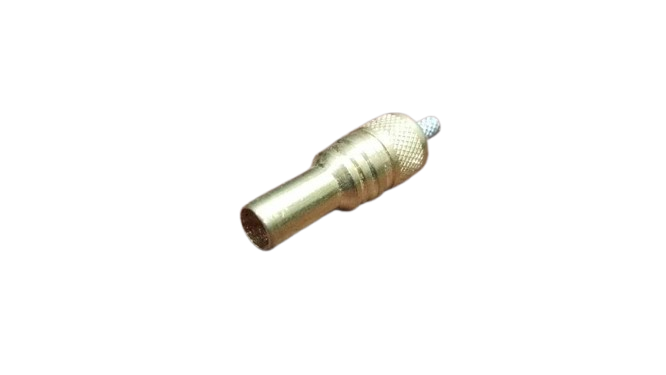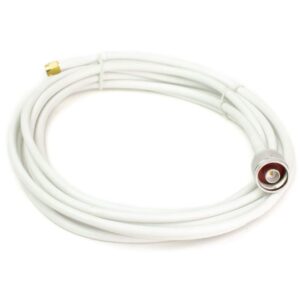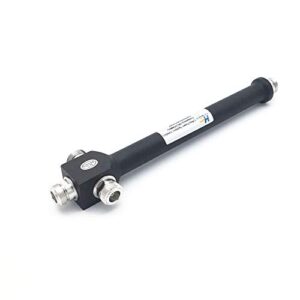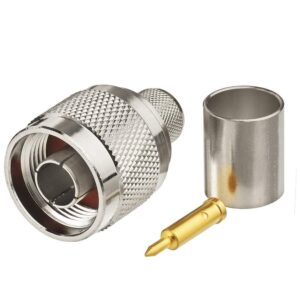- Connector Type:
- BT 3002: Designed to meet the BT 3002 standard, which is used in various BT telecommunication systems.
- Cable Compatibility:
- BT Cables: Suitable for cables that conform to BT specifications, typically involving twisted pair cables used for telecommunication and data purposes.
- Crimping Method:
- Crimp: The connector is attached using a crimping tool. This process involves inserting the prepared cable into the connector and compressing the connector onto the cable’s conductors to ensure a solid and reliable connection.
- Material:
- Body: Generally made from durable metals such as brass or nickel-plated brass to ensure robustness and longevity.
- Contacts: Made from conductive materials with plating (e.g., gold or nickel) to enhance electrical conductivity and reduce signal loss.
- Impedance:
- Varies: The impedance of the connector should match that of the connected cable to ensure optimal performance and signal integrity. For BT systems, this is designed to be compatible with the standard’s requirements.
- Dimensions:
- Designed to fit precisely with BT cables, ensuring a secure connection and proper alignment.
- Usage:
- Applications: Used in BT telecommunications systems, including telephone lines and data networks.
- Common Uses: Connecting various components within a BT system, ensuring efficient communication and signal transmission.
- Installation:
- Tools Required: Crimping tool, wire stripper, and possibly a cable cutter.
- Procedure: Strip the insulation from the cable, insert the conductors into the connector, and use the crimping tool to secure the connector onto the cable.
Advantages
- Reliable Connection: The crimping method provides a strong and stable connection, which is essential for maintaining signal quality in telecommunications.
- Ease of Installation: Crimp connectors are relatively easy to install with the appropriate tools, making them practical for various applications.






